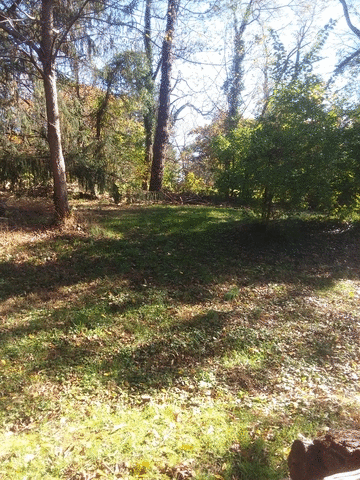walden
Treehouser
Heya,
I'm a new climber and I have a question: How much will I damage a Western Red cedar by spurring up it (as practice)? I need to know because I need to get some experience (low and slow) and these are the trees I have available to me. I also have access to broad leaf maple and Hemlock trees. The cedars are second growth, roughly 24-36" in diameter and growing on my little piece of Paradise in the PNW. I'm not an arborist, just looking to do the take downs, some of which would be better done by chunking, rather than felling. (If you think this story seems familiar, I also posed the question on Arboristsite.com) Any way, your thoughts and insights would be appreciated.
I'm a new climber and I have a question: How much will I damage a Western Red cedar by spurring up it (as practice)? I need to know because I need to get some experience (low and slow) and these are the trees I have available to me. I also have access to broad leaf maple and Hemlock trees. The cedars are second growth, roughly 24-36" in diameter and growing on my little piece of Paradise in the PNW. I'm not an arborist, just looking to do the take downs, some of which would be better done by chunking, rather than felling. (If you think this story seems familiar, I also posed the question on Arboristsite.com) Any way, your thoughts and insights would be appreciated.





